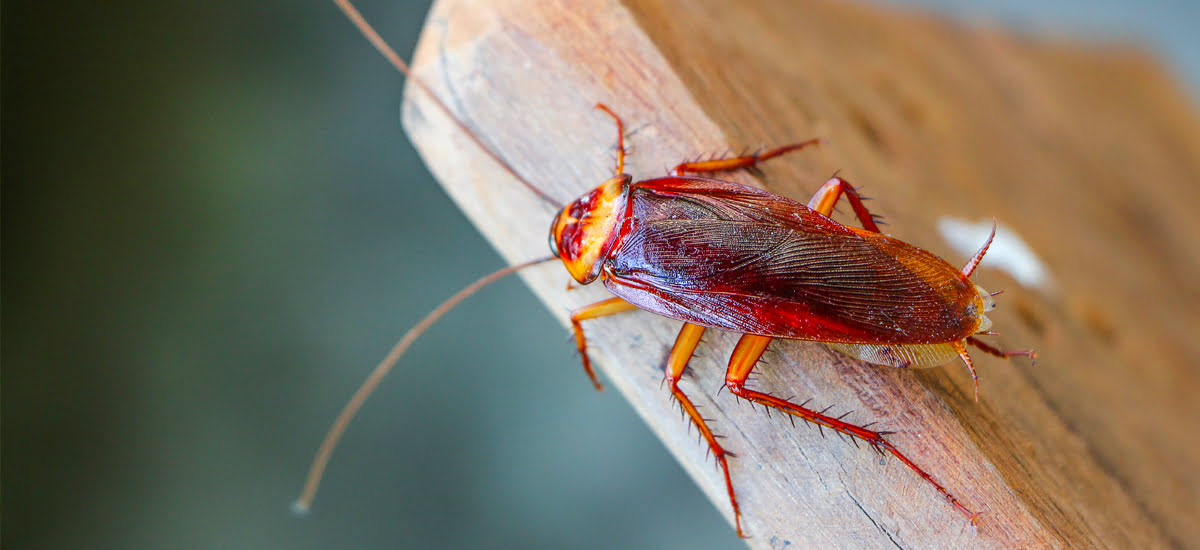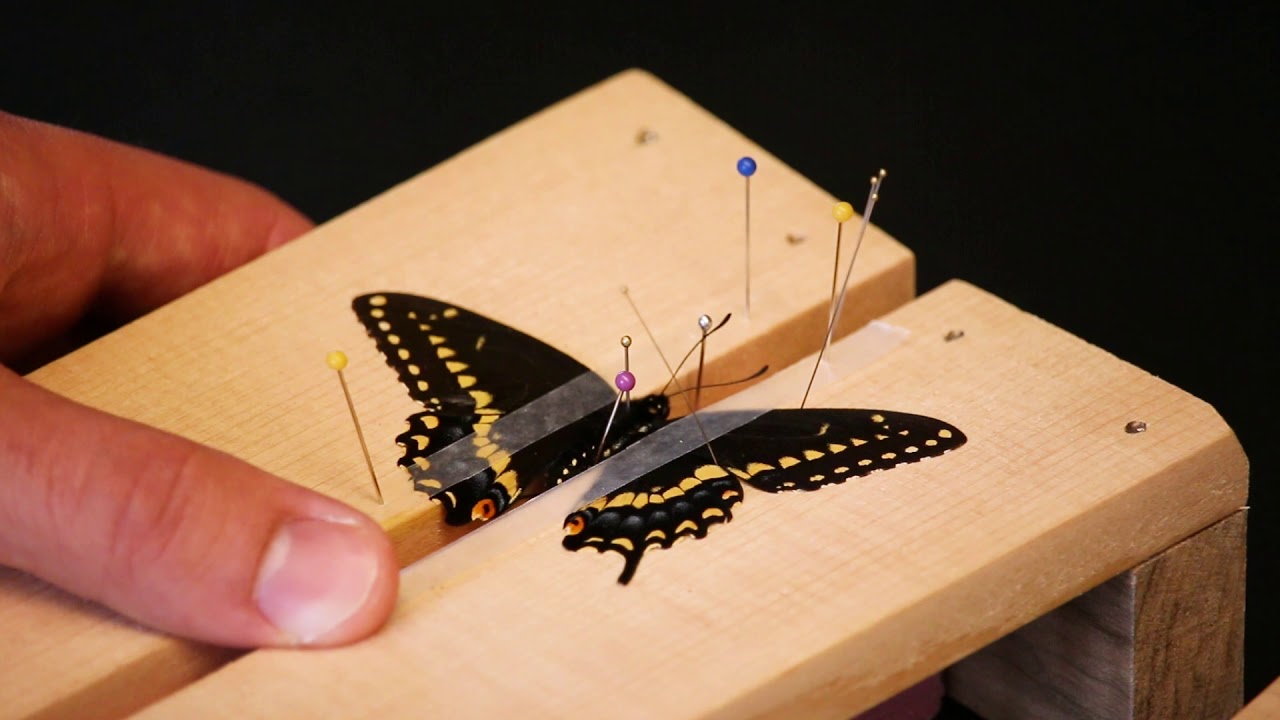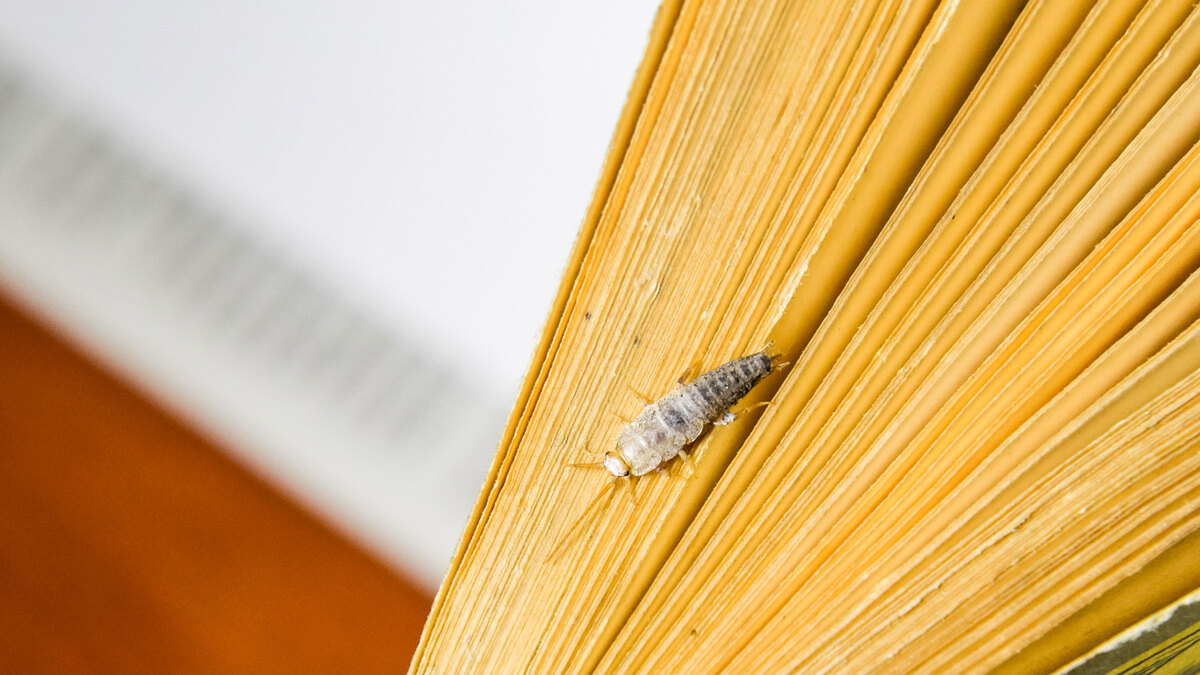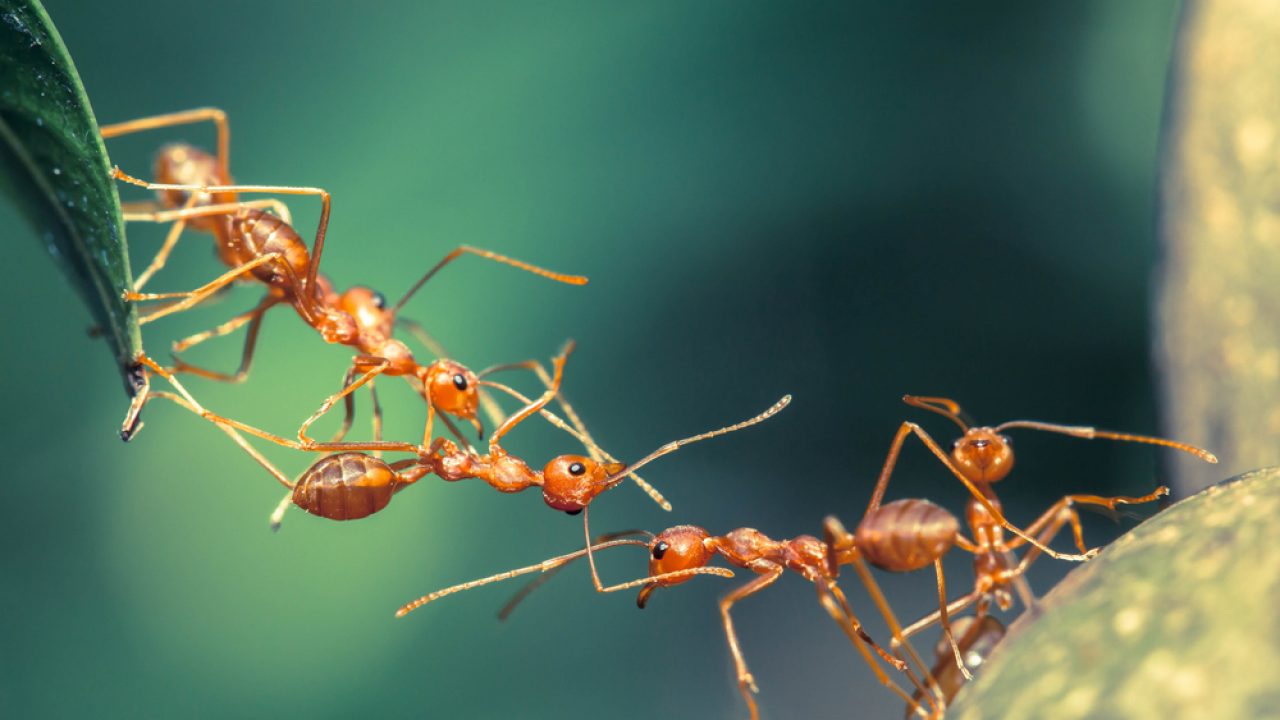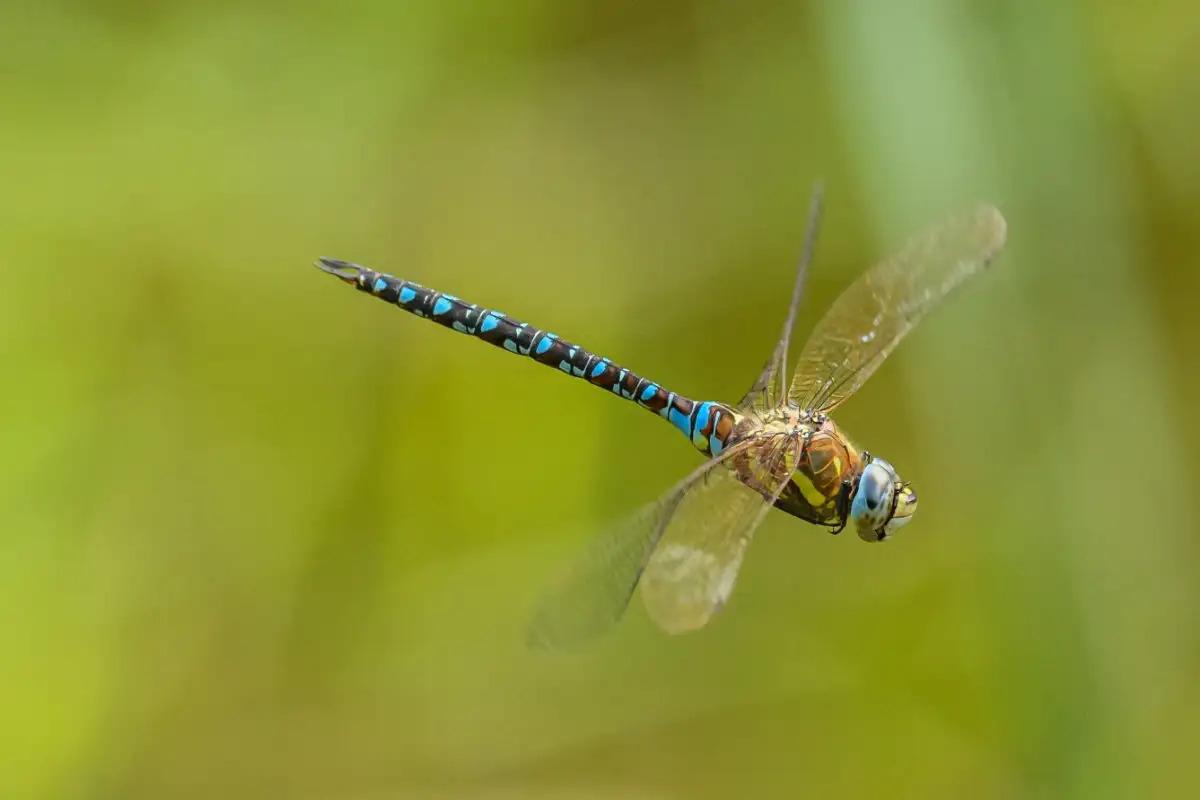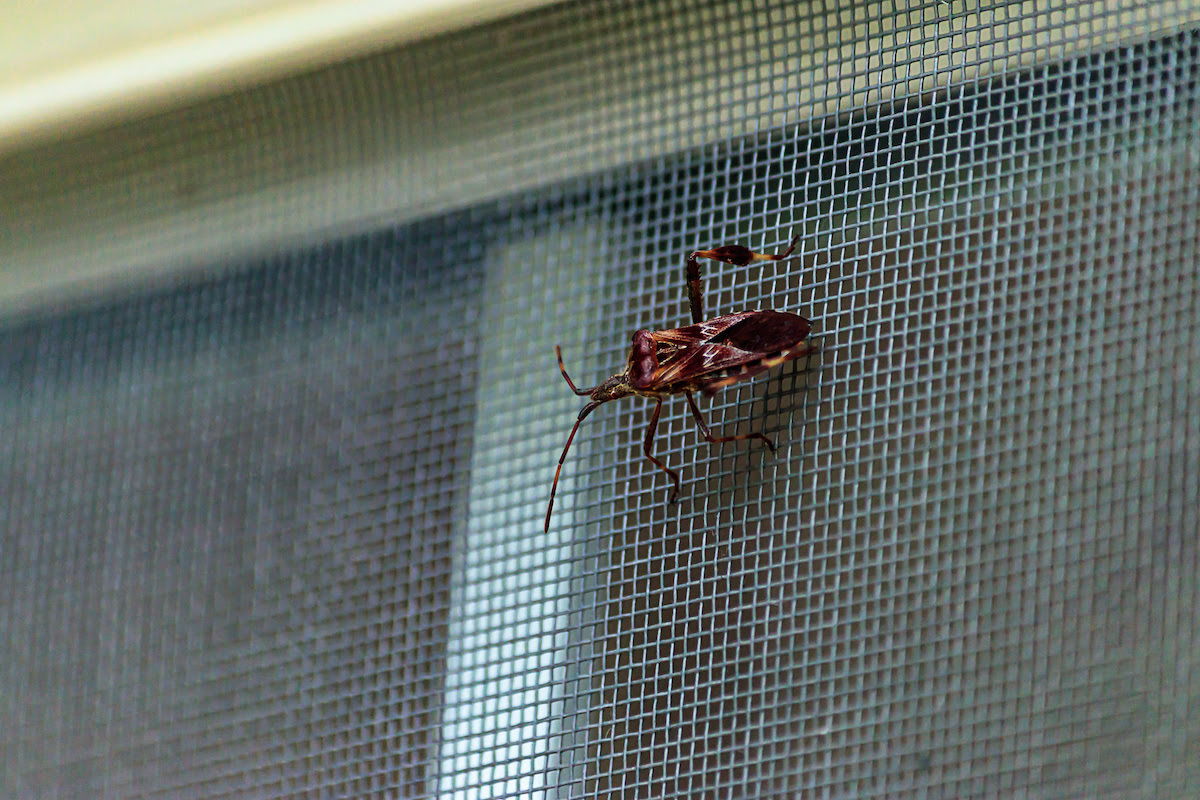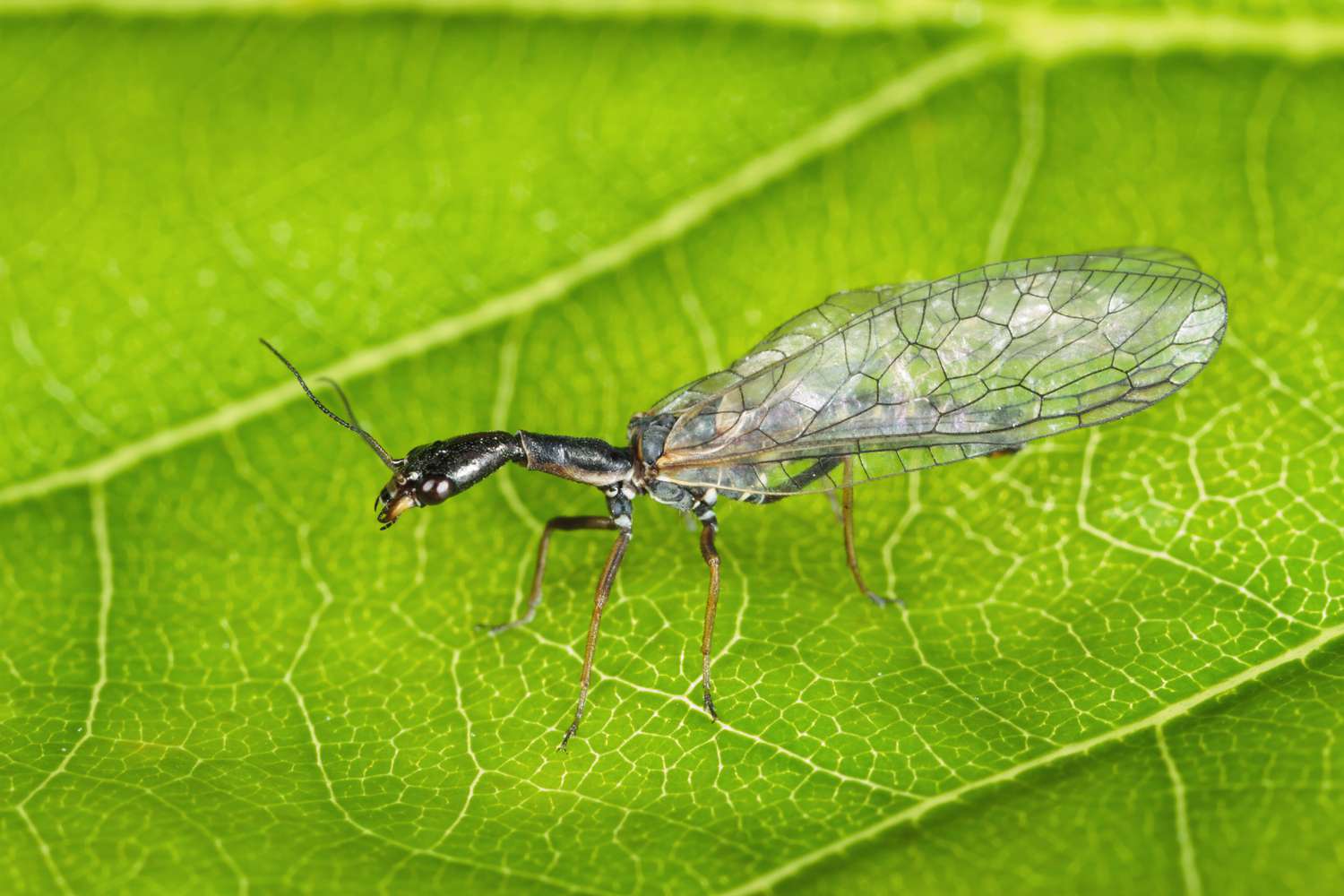Home>Gardening News and Trends>Latest News>How To Gut Load Insects
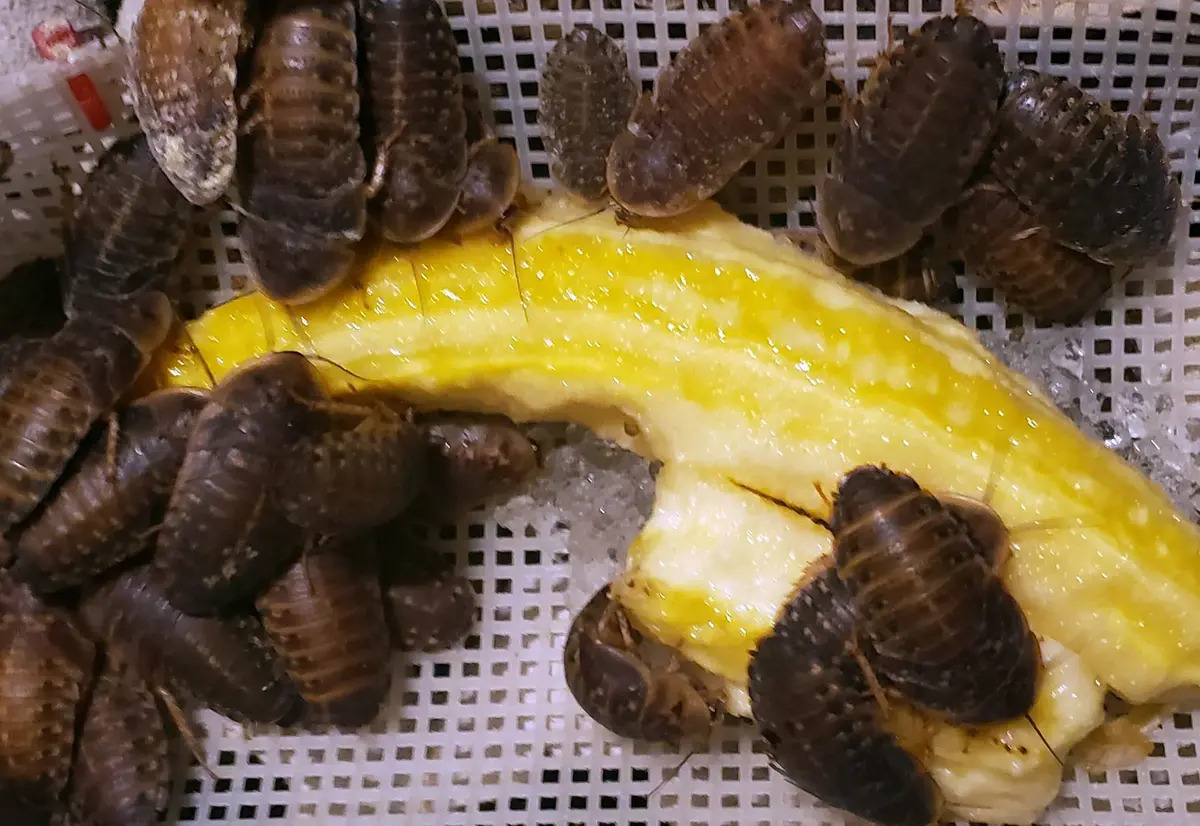

Latest News
How To Gut Load Insects
Published: December 6, 2023
Learn the latest news on how to gut load insects for optimal nutrition and health. Discover expert tips and techniques for maximizing the nutritional value of your feeder insects.
(Many of the links in this article redirect to a specific reviewed product. Your purchase of these products through affiliate links helps to generate commission for Chicagolandgardening.com, at no extra cost. Learn more)
Table of Contents
Introduction
Gut loading is a crucial process in insect husbandry that involves feeding insects a highly nutritious diet before they are used as feeders for reptiles, amphibians, and other insectivorous pets. By enhancing the nutritional content of the insects’ gut contents, gut loading ensures that the nutrients are passed on to the consuming animal, offering a well-rounded and balanced diet.
The concept of gut loading revolves around the idea that “you are what you eat,” and by providing insects with a varied and nutrient-rich diet, their overall nutritional value significantly increases. This practice has gained popularity among pet owners and breeders, as it allows for better nutrition and health of their insectivorous pets.
During the gut loading process, insects are fed a specialized diet for a specific period to maximize the nutrient retention in their digestive systems. These nutrients are then absorbed by the consuming animal, ensuring optimal health and growth. While gut loading is commonly associated with crickets, it can also be applied to other feeder insects such as mealworms, superworms, and roaches.
In this article, we will explore the importance of gut loading for insects, discuss the different types of gut load diets, provide tips on choosing the right gut load diet, and offer techniques and tips for effective gut loading. By understanding the significance of gut loading and implementing proper techniques, you can ensure that your insectivorous pets receive the best possible nutrition for their overall well-being.
What is Gut Loading?
Gut loading refers to the process of feeding insects a highly nutritious diet before they are used as feeders for reptiles, amphibians, and other insectivorous pets. The goal is to enhance the nutritional content of the insects’ gut contents, which are then passed on to the consuming animal. Essentially, gut loading aims to provide a balanced and nutrient-rich diet for insectivorous pets.
When insects are gut loaded, they are given a specialized diet for a specific period before they are offered as food. This diet is carefully selected to provide a range of essential nutrients and vitamins that the insects may not naturally obtain in their regular diet. By maximizing the nutritional value of the insects, gut loading ensures that the consuming animal receives adequate nutrition and stays in optimal health.
Gut loading is particularly important because many feeder insects, such as crickets and mealworms, have limited nutritional value on their own. These insects are commonly used as staple feeders for insectivorous pets, but they often lack important nutrients, such as calcium, vitamins, and amino acids, which are essential for the overall well-being of the consuming animal.
By gut loading the insects with a nutrient-rich diet, pet owners and breeders can improve the nutritional content of the feeder insects. This, in turn, provides a more balanced and complete diet for the reptiles, amphibians, or other insectivorous pets that consume the gut-loaded insects.
Gut loading is not only beneficial for the consuming animals, but it also helps maintain the health and quality of the feeder insects themselves. Feeder insects that are properly gut loaded are often more robust, have a longer lifespan, and reproduce more efficiently. This means that by implementing effective gut loading techniques, pet owners and breeders can ensure a sustainable and healthy supply of feeder insects for their insectivorous pets.
Overall, gut loading is a fundamental practice in insect husbandry that ensures optimal nutrition for insectivorous pets. By providing a nutrient-rich diet to the feeder insects, pet owners and breeders can effectively enhance the overall health and well-being of their insectivorous pets.
Why is Gut Loading Important for Insects?
Gut loading plays a vital role in ensuring the optimal health and nutrition of insects used as feeders for reptiles, amphibians, and other insectivorous pets. Here are several key reasons why gut loading is important:
- Nutritional Enhancement: Insects, such as crickets or mealworms, have limited nutritional value on their own. Their natural diet may lack essential nutrients necessary for the well-being of consuming animals. By gut loading, insects become enriched with essential vitamins, minerals, proteins, and other nutrients, ensuring that the consuming animal receives a complete and balanced diet.
- Correcting Nutrient Imbalances: Gut loading allows pet owners and breeders to rectify any imbalances in the nutrients consumed by the feeder insects. For example, insects may naturally have a lower calcium-to-phosphorus ratio, which is crucial for maintaining healthy bones and teeth in consuming animals. Gut loading can help boost calcium levels in feeder insects, ensuring that the consuming animal receives adequate calcium intake.
- Optimal Growth and Development: Feeder insects that are properly gut loaded are more nutritious, offering higher levels of essential nutrients required for the healthy growth and development of the consuming animal. This includes vitamins, minerals, and amino acids that contribute to overall health, strong muscles, and proper organ function.
- Reproductive Success: Gut loading not only benefits the consuming animal but also enhances the reproductive success of feeder insects. Nutrient-rich gut-loaded insects produce healthier and more robust offspring, ensuring a sustainable supply of feeder insects for future use.
- Increased Resistance to Stress: Gut-loaded insects have higher energy stores and improved immune responses, making them more resilient to stressful conditions. This helps them withstand transportation, handling, and environmental changes, providing a more reliable and high-quality food source for insectivorous pets.
By incorporating gut loading into insect husbandry practices, pet owners and breeders can ensure that their insectivorous pets receive optimal nutrition, leading to improved health, growth, and overall well-being. Additionally, gut loading enhances the quality and nutritional value of feeder insects, making them a more suitable and nutritious food source for reptiles, amphibians, and other insectivorous pets.
Types of Gut Load Diets
There are various types of gut load diets available, each designed to provide a specific set of nutrients to the feeder insects. Here are some common types of gut load diets:
- Commercial Gut Load Diets: These are pre-packaged gut load diets readily available in pet stores or online. They are formulated specifically for feeder insects and offer a balanced mix of proteins, carbohydrates, vitamins, and minerals. Commercial gut load diets often come in powdered form and can be easily mixed with water to create a nutrient-rich gel or paste for feeding insects.
- Vegetable-Based Gut Load: This type of gut load diet focuses on feeding insects a variety of vegetables and plant matter. These can include dark leafy greens, carrots, squash, sweet potatoes, and other high-fiber vegetables. The aim is to provide insects with essential vitamins, minerals, and fiber. It is important to offer a diverse range of vegetables to ensure a well-rounded diet.
- Protein-Rich Gut Load: Certain feeder insects, like crickets, require a higher protein content in their diet. Protein-rich gut load diets often include ingredients like high-protein grains (such as oats or wheat germ), fish meal, spirulina, or soybean meal. These diets are especially beneficial when breeding or raising feeder insects for optimal growth and health.
- Gut Load with Supplements: In addition to the base gut load diet, supplements can be added to enhance specific nutrient levels in feeder insects. Calcium carbonate powder or gut load enhancer supplements can be dusted onto the insects immediately before they are fed to the consuming animals. This ensures that the insects provide a concentrated dose of specific nutrients, such as calcium or vitamins.
- Fruit-Based Gut Load: Feeder insects, such as roaches or fruit flies, can benefit from a gut load diet that incorporates a variety of fruits. This offers a rich source of vitamins, antioxidants, and natural sugars. Fruits like bananas, apples, oranges, and berries can be offered to the insects as part of their gut loading regimen.
It is worth noting that the selection of the gut load diet depends on the specific requirements of the consuming animal and the type of feeder insect being gut loaded. The diet should be selected to ensure a well-rounded nutrient profile that meets the nutritional needs of both the insects and the animal consuming them.
Experimenting with different gut load diets and monitoring the health and condition of the consuming animal is essential to find the most effective and suitable gut load diet for your specific needs.
Choosing the Right Gut Load Diet
Choosing the right gut load diet is crucial in ensuring that the feeder insects receive the necessary nutrients to provide optimal nutrition for the consuming animal. Here are some factors to consider when selecting a gut load diet:
- Nutritional Needs: Firstly, consider the specific nutritional requirements of the consuming animal. Different animals have varying needs, so it’s important to research and understand the nutritional needs of your pet. For example, some animals require higher levels of calcium, while others may need more protein. Select a gut load diet that can meet these specific needs.
- Feeder Insect Type: Different types of feeder insects have varying dietary requirements. Some insects, like crickets, require a balanced diet with higher protein content, while others, like mealworms, may benefit from a higher vegetable or fruit-based diet. Consider the specific dietary preferences and needs of the feeder insects when choosing a gut load diet.
- Availability and Convenience: Consider the availability and convenience of the gut load diet. Commercial gut load diets are often readily available and provide a balanced mix of nutrients. However, if you prefer a more natural approach, selecting fresh ingredients or creating your own gut load diet may be more suitable. Choose a diet that is easily accessible and manageable for your feeding routine.
- Supplement Options: Some gut load diets may require additional supplements to ensure specific nutrient levels. If you opt for a diet that may be lacking in certain nutrients, be sure to supplement the feeder insects with appropriate calcium, vitamin, or mineral supplements. Consider the ease and effectiveness of incorporating supplements into the gut loading process.
- Experimental Approach: Gut loading is not a one-size-fits-all practice. It may take some trial and error to find the optimal gut load diet for your specific needs. Experiment with different commercial diets or homemade recipes, monitor the health and condition of the consuming animal, and make adjustments as necessary to find the right gut load diet that yields optimal results.
Remember to keep track of your feeder insect’s consumption and observe the overall health and growth of the consuming animal. Regularly evaluating the effectiveness of your chosen gut load diet ensures that you are providing optimal nutrition for your insectivorous pet.
Consulting with a reptile veterinarian or experienced breeders can also provide valuable insights and guidance in choosing the right gut load diet for your specific situation. Their experience and knowledge can help you make informed decisions for the health and well-being of your insectivorous pets.
Gut Loading Techniques and Tips
Effective gut loading techniques can significantly enhance the nutritional value of feeder insects and provide optimal nutrition for insectivorous pets. Here are some techniques and tips to consider:
- Timing: Start gut loading the feeder insects at least 24-48 hours before they are offered as food to the consuming animal. This allows sufficient time for the insects to absorb the nutrients and increase their nutritional content.
- Quality Ingredients: Use fresh, high-quality ingredients for your gut load diet. This ensures that the feeder insects are receiving the necessary nutrients and that the consuming animal will benefit from their enriched gut contents.
- Rotation of Ingredients: Incorporate a variety of ingredients in your gut load diet to provide a diverse range of nutrients. Rotate different vegetables, grains, fruits, or commercial gut load diets to ensure a well-rounded diet for the feeder insects.
- Avoid Moisture-Induced Stress: Do not provide excess moisture or wet foods when gut loading insects, as this can lead to stress, bacterial growth, and mold. Instead, opt for providing a moist sponge or water source separately, if needed.
- Monitor Feeder Insect Consumption: Keep an eye on the amount of gut load diet consumed by the feeder insects. Make sure they are actively feeding and consuming the nutritious diet. If they are not eating, try different types of gut load diets or offer a variety of options to entice them.
- Environmental Conditions: Provide suitable environmental conditions for the feeder insects during the gut loading process. This includes maintaining appropriate temperature, humidity, and clean housing to ensure their overall well-being and optimal nutrient absorption.
- Supplementation: Consider supplementing the feeder insects with additional vitamins and minerals. Dusting the insects with calcium carbonate powder or gut load enhancer supplements before feeding them to the consuming animal can further enhance their nutritional value.
- Feed Gut-Loaded Insects: It is important to feed the gut-loaded insects to the consuming animal within a reasonable timeframe. This ensures that the consuming animal receives the maximum nutritional benefit from the enriched gut contents of the feeder insects.
- Continuous Improvement: Regularly evaluate the health and condition of the consuming animal to assess the effectiveness of the gut load diet. Make adjustments to the gut load diet by incorporating different ingredients or supplements based on the specific needs of the consuming animal.
Remember, gut loading is an ongoing process that requires attention to detail and experimentation to achieve optimal results. By implementing these techniques and tips, you can enhance the nutritional value of feeder insects and provide the best possible nutrition for your insectivorous pets.
Common Mistakes to Avoid
Gut loading is a critical process in providing optimal nutrition for insectivorous pets. However, there are common mistakes that pet owners and breeders should be aware of to ensure the effectiveness of gut loading. Here are some common mistakes to avoid:
- Inadequate Duration: One of the common mistakes is not giving the feeder insects enough time to adequately consume the gut load diet. Make sure to provide at least 24-48 hours of gut loading before offering the insects as feeders to the consuming animal.
- Imbalanced Nutrient Ratio: Avoid using gut load diets that are nutritionally imbalanced or lacking essential nutrients. It is important to offer a well-rounded diet that meets the specific nutritional needs of both the feeder insects and the consuming animal.
- Overfeeding or Underfeeding: Feeder insects should be provided with an appropriate amount of gut load diet. Overfeeding can cause stress, excessive growth, or obesity in the insects, while underfeeding may result in nutrient deficiencies for both the insects and the consuming animal.
- Ignoring Environmental Conditions: Neglecting suitable environmental conditions for the feeder insects, such as temperature and humidity, can negatively impact their overall health and nutrient absorption. Ensure that the housing conditions are optimal for the insects to thrive during the gut loading process.
- Using Expired or Poor-Quality Ingredients: Using expired or low-quality ingredients for the gut load diet can compromise its nutritional value. Always opt for fresh, high-quality ingredients to provide the best nutrition for the feeder insects and the consuming animal.
- Skipping Calcium and Vitamin Supplementation: Neglecting to supplement the feeder insects with essential nutrients, such as calcium or vitamins, can result in nutrient deficiencies for the consuming animal. Ensure that the insects receive appropriate calcium supplementation before being fed to the pet.
- Overreliance on Commercial Gut Load Diets: While commercial gut load diets can be convenient and provide a balanced nutrient profile, it is important not to solely rely on them. Incorporating fresh ingredients and offering a variety of gut load options can provide additional nutritional benefits.
- Not Monitoring the Consuming Animal’s Health: It is crucial to regularly monitor the health and well-being of the consuming animal. If there are signs of nutritional deficiencies or health issues, reassess the gut load diet and make necessary adjustments to ensure optimal nutrition.
By being aware of these common mistakes and taking proactive steps to avoid them, pet owners and breeders can enhance the effectiveness of the gut load process and provide optimal nutrition and health for their insectivorous pets.
Conclusion
Gut loading is a vital practice in providing optimal nutrition for feeder insects and, in turn, ensuring the health and well-being of insectivorous pets. By feeding feeder insects a nutrient-rich diet, pet owners and breeders can enhance the nutritional content of these insects, offering a complete and balanced diet to the consuming animal.
Throughout this article, we have explored the importance of gut loading, the various types of gut load diets available, tips for choosing the right diet, effective gut loading techniques, and common mistakes to avoid. It is essential to consider the nutritional needs of the consuming animal, the specific requirements of the feeder insects, and factors like availability and convenience when selecting a gut load diet. Furthermore, monitoring the health and condition of both the feeder insects and the consuming animal is crucial in evaluating the effectiveness of the gut load process.
By implementing proper gut loading techniques, pet owners and breeders can ensure that their insectivorous pets receive a well-rounded and nutrient-rich diet. This contributes to their overall health, growth, and overall well-being. Well-nourished feeder insects not only benefit the consuming animal but also maintain their own health and reproductive success.
As the understanding of gut loading continues to evolve, it is important to stay informed and up-to-date with current research and best practices. Consultation with reptile veterinarians, experienced breeders, and the reptile-keeping community can provide valuable insights and guidance in achieving optimal gut loading techniques for specific needs.
Remember, gut loading is an ongoing process, and it may require experimentation and adjustments to find the most effective gut load diet for your specific situation. By putting in the effort and understanding the importance of gut loading, pet owners and breeders can ensure the optimal nutrition and overall well-being of their insectivorous pets for years to come.
